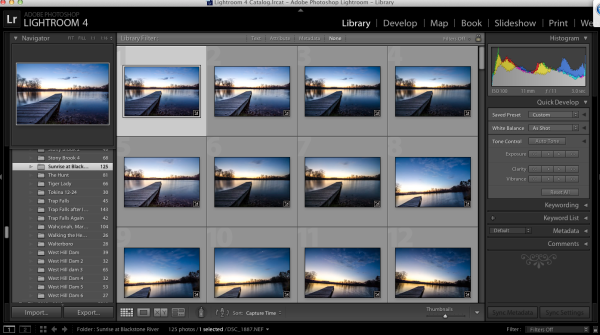Remote ID, the concept that drones should have a digital license plate, has experienced numerous delays. As promised, though, the Federal Aviation Administration (FAA) finally announced their Notice of Proposed Rulemaking (NPRM) for the Remote Identification of Unmanned Aircraft Systems on Thursday. The 319-page document will be published on December 31st. From there, the general public will have 60 days to post comments for the FAA’s consideration. Those interested in reading through the NPRM, to prepare their comments, can download the unpublished PDF version.
‘The widespread adoption of Remote Identification is expected to clear a path for routine use of drones in more complex and beneficial operations, such as flights over people, at night or beyond the pilot’s line of sight,’ states an announcement from DJI, the world’s leading drone manufacturer. The new rules proposed by the FAA would require almost every drone owner, both commercial and recreational, operating an unmanned aerial vehicle weighing at or over 0.55 pounds (0.25 kilograms), to broadcast their location along with their identity via radio frequency when flying. Two years after the regulations are implemented, new drones would be required to include tamper-resistant tracking devices.
Under the new proposed rules, remote pilots would have the option to eschew radio broadcasting and upload their information to the Internet. On the downside, that would limit them to flying their aircraft at a maximum distance of 400 feet. If you aren’t able to connect to the Internet, a strong possibility in rural areas, you won’t be able to take off at all unless you’re operating ‘within an FAA-recognized identification area,’ according to one section of the NPRM.
The current NPRM for Remote ID is subject to change based on how the FAA takes comments from industry stakeholders and the public into consideration. Once finalized in an estimated 12-18 month period, it is expected to take 3 more years to implement. Alphabet’s Wing and Amazon Prime plan on rolling out drone delivery networks nationwide and finalized rulemaking for Remote ID is the key to making it possible. Over a 10-year span, the costs to drone operators and the industry, as a whole, are expected to exceed over $ 500 million dollars. ‘As we review the FAA’s proposal, we will be guided by the principle, recognized by the FAA’s own Aviation Rulemaking Committee in 2017, that remote identification will not be successful if the burdens and costs to drone operators are not minimized,’ Schulman said in an emailed statement to Bloomberg.
To date, the FAA has registered over 1.5 million drones. As of June 2019, over 8,700 reports have been filed with the FAA regarding rogue drones operating unsafely and/or illegally. Two collisions between a drone with a helicopter and a hot air balloon have been confirmed by the National Transportation Safety Board. ‘Remote ID technologies will enhance safety and security by allowing the FAA, law enforcement, and federal security agencies to identify drones flying in their jurisdiction,’ said U.S. Transportation Secretary Elaine L. Chao in a press release.
Some industry stakeholders have already expressed their frustration over the lengthy time period expected from the moment of finalization to actual implementation. Lisa Ellman, partner at international law firm Hogan Lovells and Executive Director at the Commercial Drone Alliance, states ‘our main concern is the implementation period, which is needlessly up to 3 years. Until Remote ID is implemented, the American public will be deprived of many of the vast safety, humanitarian and efficiency benefits of commercial drones…We need implementation yesterday, not 3 years from now.’
Articles: Digital Photography Review (dpreview.com)







